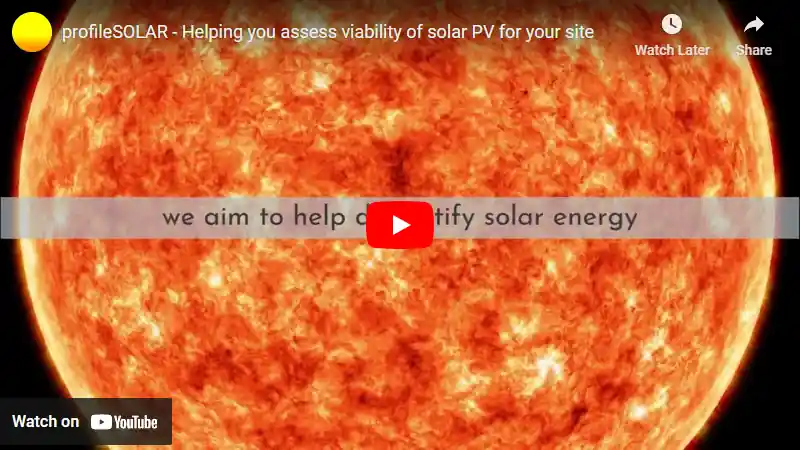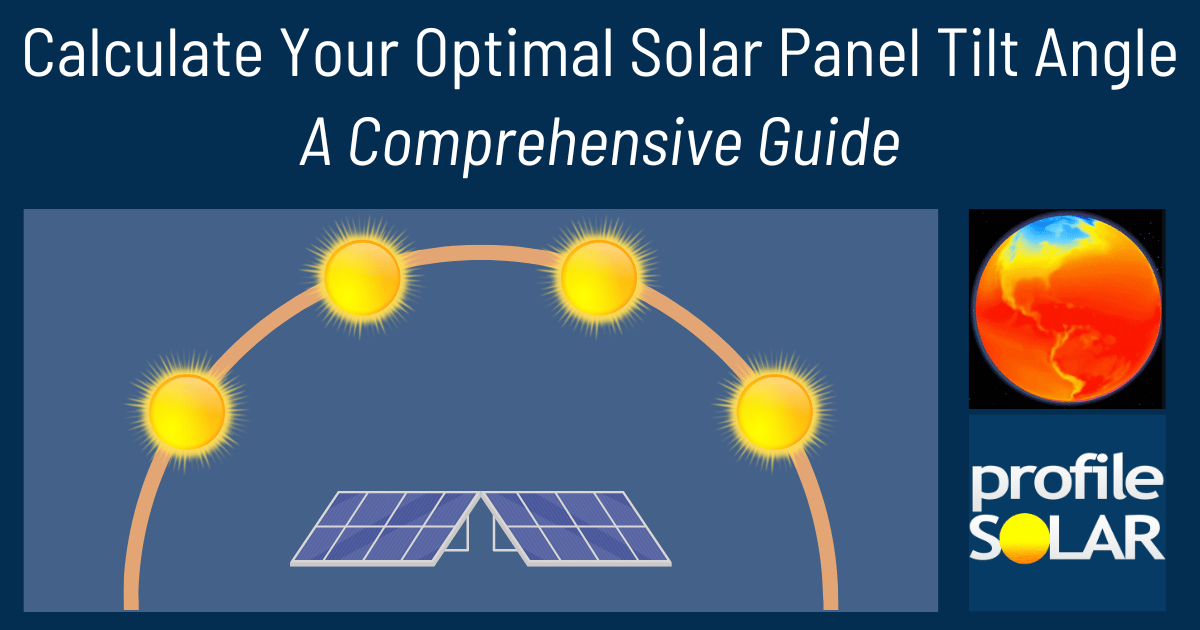

Saint Paul, Minnesota, United States (latitude: 44.9548, longitude: -93.1551) offers a suitable environment for solar power generation throughout the year. The average daily energy production per kW of installed solar capacity varies by season, with 6.84 kWh in summer, 3.42 kWh in autumn, 2.32 kWh in winter, and 5.28 kWh in spring.
To optimize energy production at this location, fixed solar panels should be tilted at an angle of 39 degrees facing south to maximize sunlight exposure during different seasons.
While Saint Paul's overall climate is conducive to solar power generation, certain weather conditions may impact its efficiency. Heavy snowfall can obstruct sunlight from reaching the panels and strong winds may cause wind resistance on the panels' surface; both factors could reduce energy output.
To mitigate these potential issues during installation, it is essential to choose a site that minimizes shading from nearby structures or trees and ensure proper panel mounting to withstand strong winds effectively. Additionally, regular maintenance such as clearing snow from the panels will help maintain optimal energy production throughout the year.
Note: The Northern Temperate Zone extends from 35° latitude North up to 66.5° latitude.
So far, we have conducted calculations to evaluate the solar photovoltaic (PV) potential in 906 locations across the United States. This analysis provides insights into each city/location's potential for harnessing solar energy through PV installations.
Link: Solar PV potential in the United States by location
Become the exclusive sponsor for Saint Paul, United States!
Solar output per kW of installed solar PV by season in Saint Paul
Seasonal solar PV output for Latitude: 44.9548, Longitude: -93.1551 (Saint Paul, United States), based on our analysis of 8760 hourly intervals of solar and meteorological data (one whole year) retrieved for that set of coordinates/location from NASA POWER (The Prediction of Worldwide Energy Resources) API:




Ideally tilt fixed solar panels 39° South in Saint Paul, United States
To maximize your solar PV system's energy output in Saint Paul, United States (Lat/Long 44.9548, -93.1551) throughout the year, you should tilt your panels at an angle of 39° South for fixed panel installations.
As the Earth revolves around the Sun each year, the maximum angle of elevation of the Sun varies by +/- 23.45 degrees from its equinox elevation angle for a particular latitude. Finding the exact optimal angle to maximise solar PV production throughout the year can be challenging, but with careful consideration of historical solar energy and meteorological data for a certain location, it can be done precisely.
We use our own calculation, which incorporates NASA solar and meteorological data for the exact Lat/Long coordinates, to determine the ideal tilt angle of a solar panel that will yield maximum annual solar output. We calculate the optimal angle for each day of the year, taking into account its contribution to the yearly total PV potential at that specific location.

Seasonally adjusted solar panel tilt angles for Saint Paul, United States
If you can adjust the tilt angle of your solar PV panels, please refer to the seasonal tilt angles below for optimal solar energy production in Saint Paul, United States. As mentioned earlier, for fixed-panel solar PV installations, it is optimal to maintain a 39° South tilt angle throughout the year.
| Overall Best Summer Angle | Overall Best Autumn Angle | Overall Best Winter Angle | Overall Best Spring Angle |
|---|---|---|---|
| 28° South in Summer | 49° South in Autumn | 58° South in Winter | 37° South in Spring |
Our recommendations take into account more than just latitude and Earth's position in its elliptical orbit around the Sun. We also incorporate historical solar and meteorological data from NASA's Prediction of Worldwide Energy Resources (POWER) API to assign a weight to each ideal angle for each day based on its historical contribution to overall solar PV potential during a specific season.
This approach allows us to provide much more accurate recommendations than relying solely on latitude, as it considers unique weather conditions in different locations sharing the same latitude worldwide.
Topography for solar PV around Saint Paul, United States
The topography around Saint Paul is mostly flat, with some rolling hills in the surrounding area. The most suitable areas for large-scale solar PV installations would be on flat terrain, such as agricultural fields or open spaces. Areas that receive direct sunlight and have minimal obstructions from trees and buildings are also ideal locations for solar PV systems.
United States solar PV Stats as a country
United States ranks 2nd in the world for cumulative solar PV capacity, with 95,209 total MW's of solar PV installed. This means that 3.40% of United States's total energy as a country comes from solar PV (that's 26th in the world). Each year United States is generating 289 Watts from solar PV per capita (United States ranks 15th in the world for solar PV Watts generated per capita). [source]
Are there incentives for businesses to install solar in United States?
Yes, there are several incentives for businesses wanting to install solar energy in the United States. These include federal tax credits, state and local rebates, net metering policies, and renewable energy certificates (RECs). Additionally, many states have enacted legislation that requires utilities to purchase a certain amount of electricity from renewable sources such as solar.
Do you have more up to date information than this on incentives towards solar PV projects in United States? Please reach out to us and help us keep this information current. Thanks!
Feeling generous?

Share this with your friends!


Compare this location to others worldwide for solar PV potential
The solar PV analyses available on our website, including this one, are offered as a free service to the global community. Our aim is to provide education and aid informed decision-making regarding solar PV installations.
However, please note that these analyses are general guidance and may not meet specific project requirements. For in-depth, tailored forecasts and analysis crucial for feasibility studies or when pursuing maximum ROI from your solar projects, feel free to contact us; we offer comprehensive consulting services expressly for this purpose.
Helping you assess viability of solar PV for your site
Calculate Your Optimal Solar Panel Tilt Angle: A Comprehensive Guide
Enhance your solar panel's performance with our in-depth guide. Determine the best tilt angle using hard data, debunk common misunderstandings, and gain insight into how your specific location affects solar energy production.






